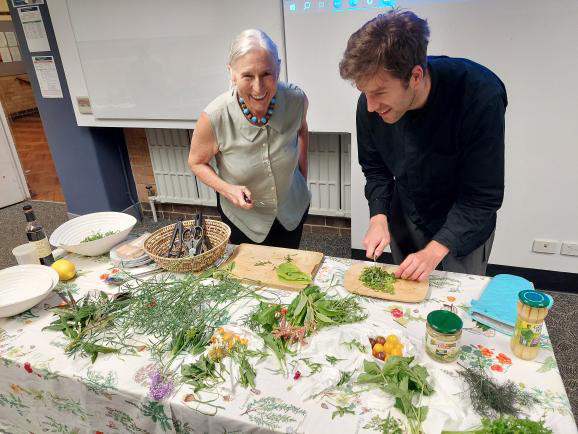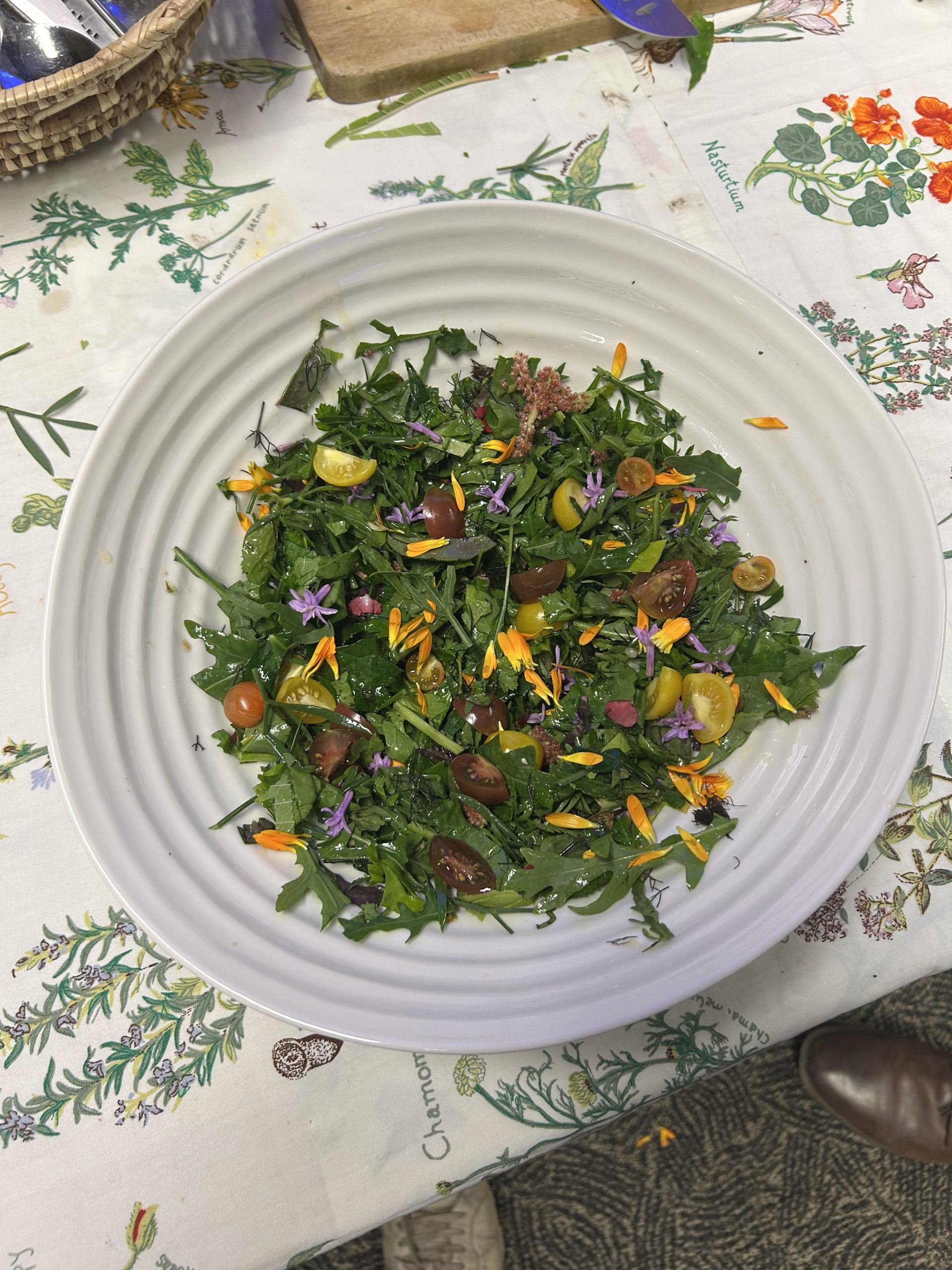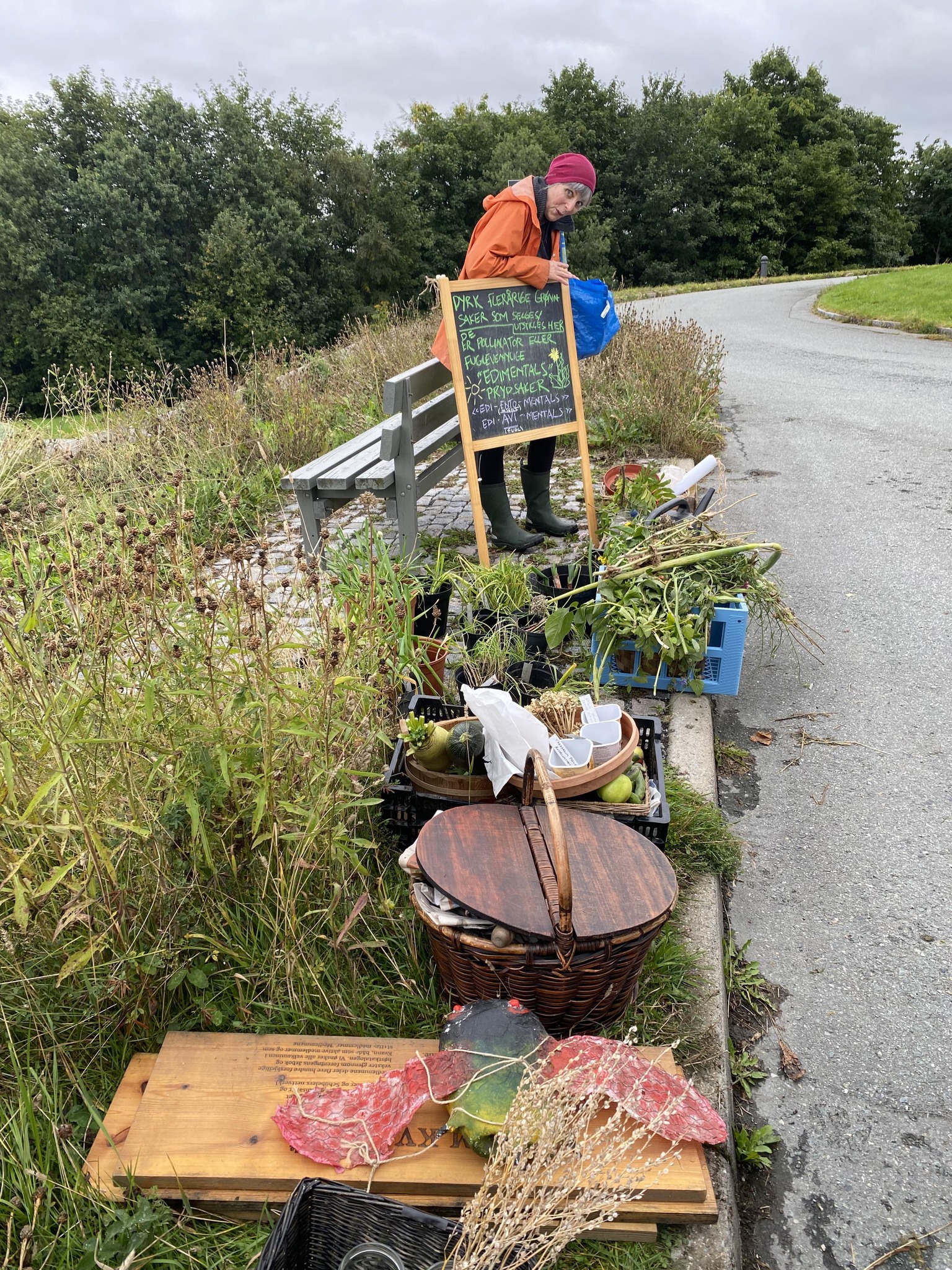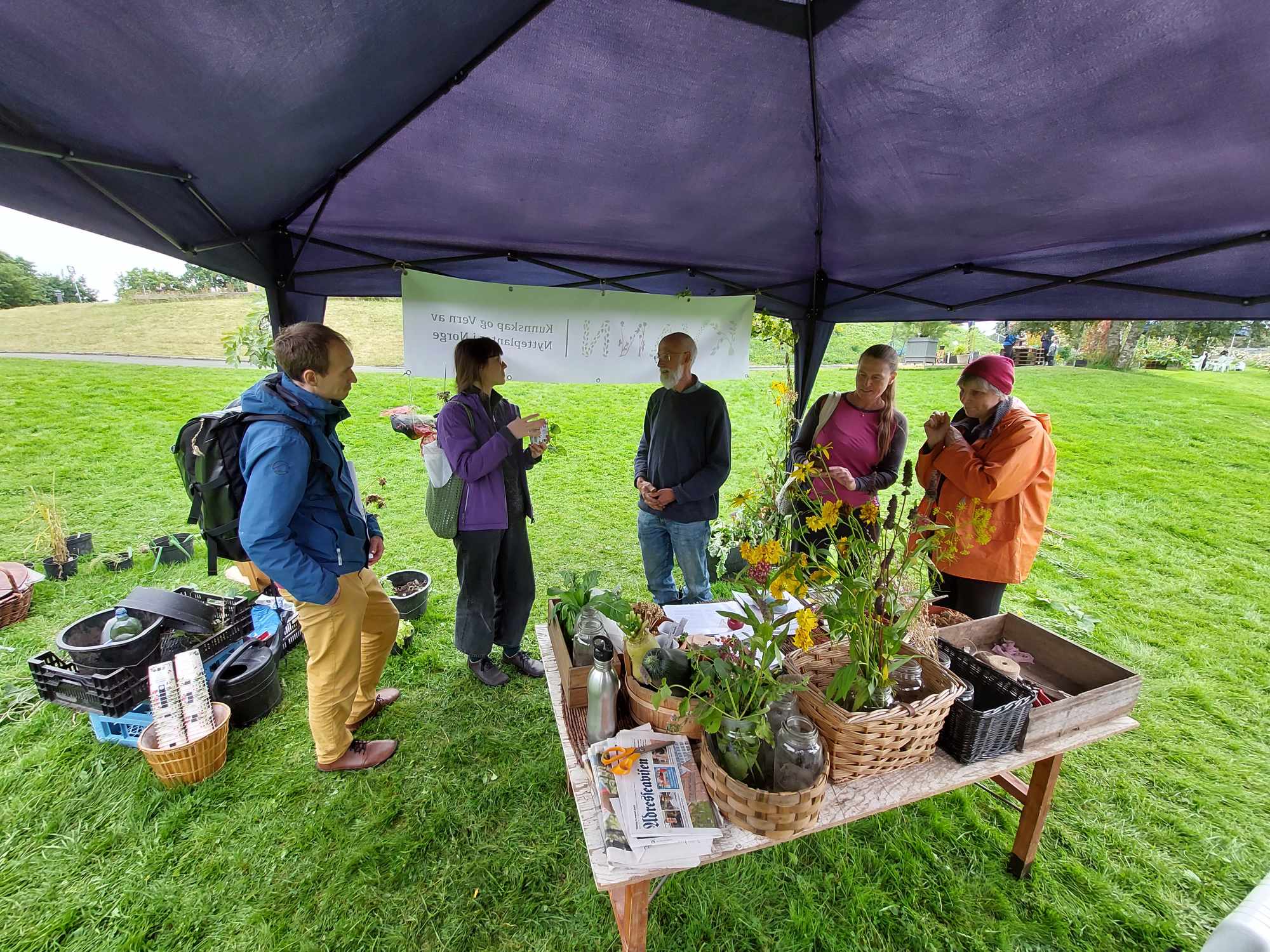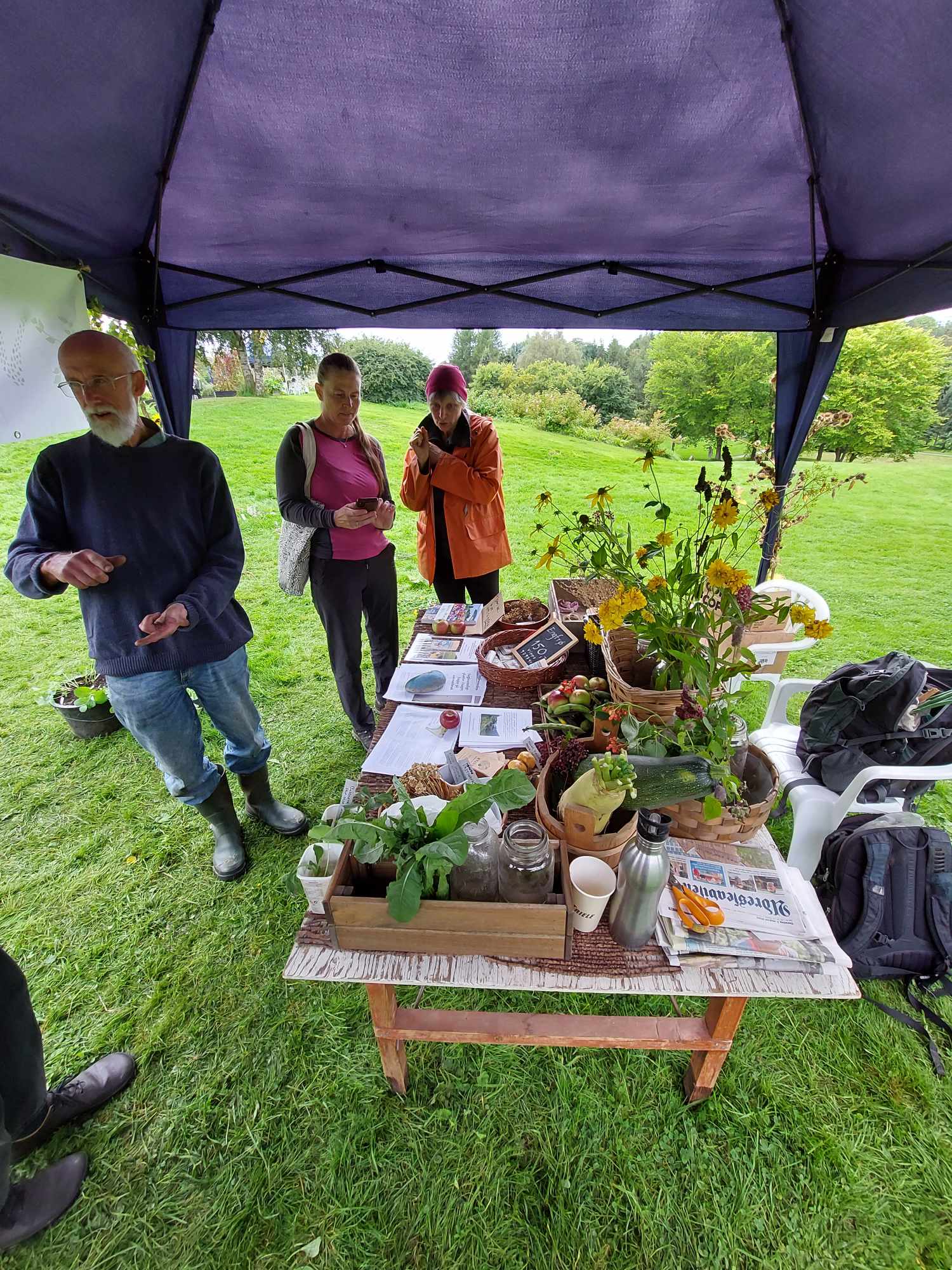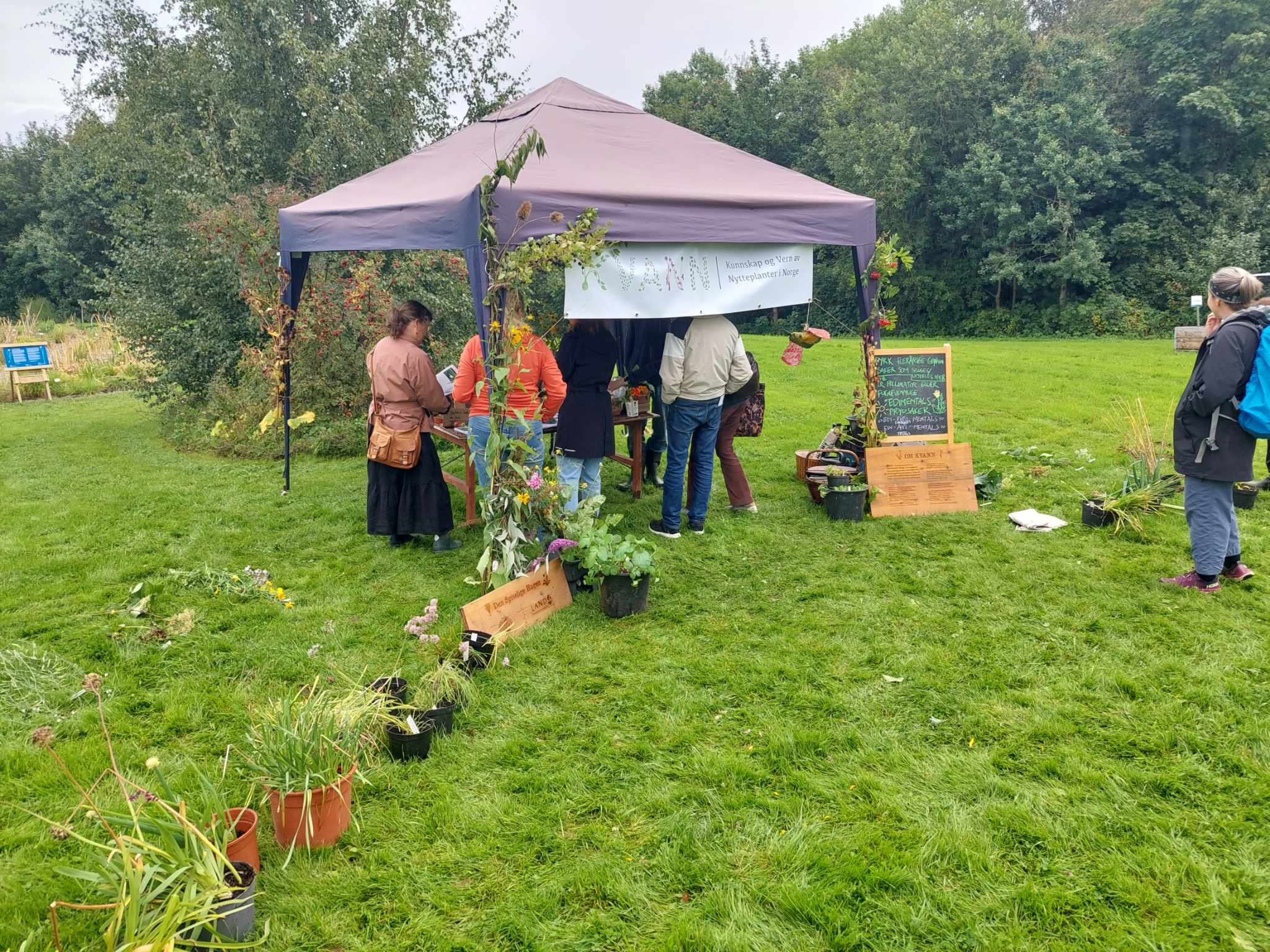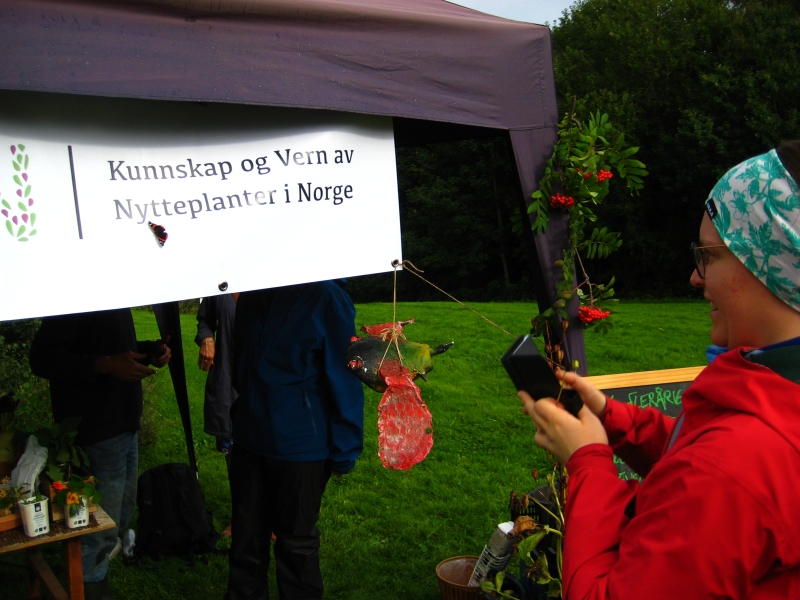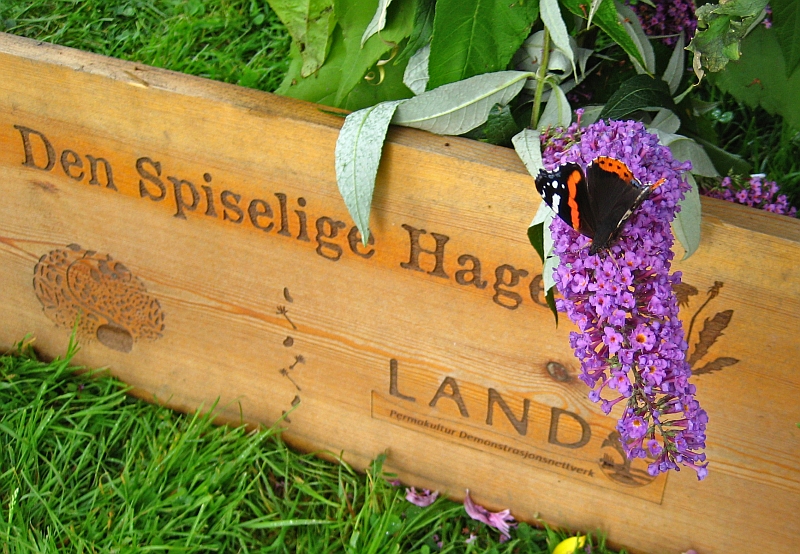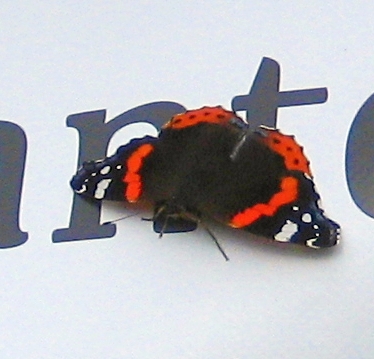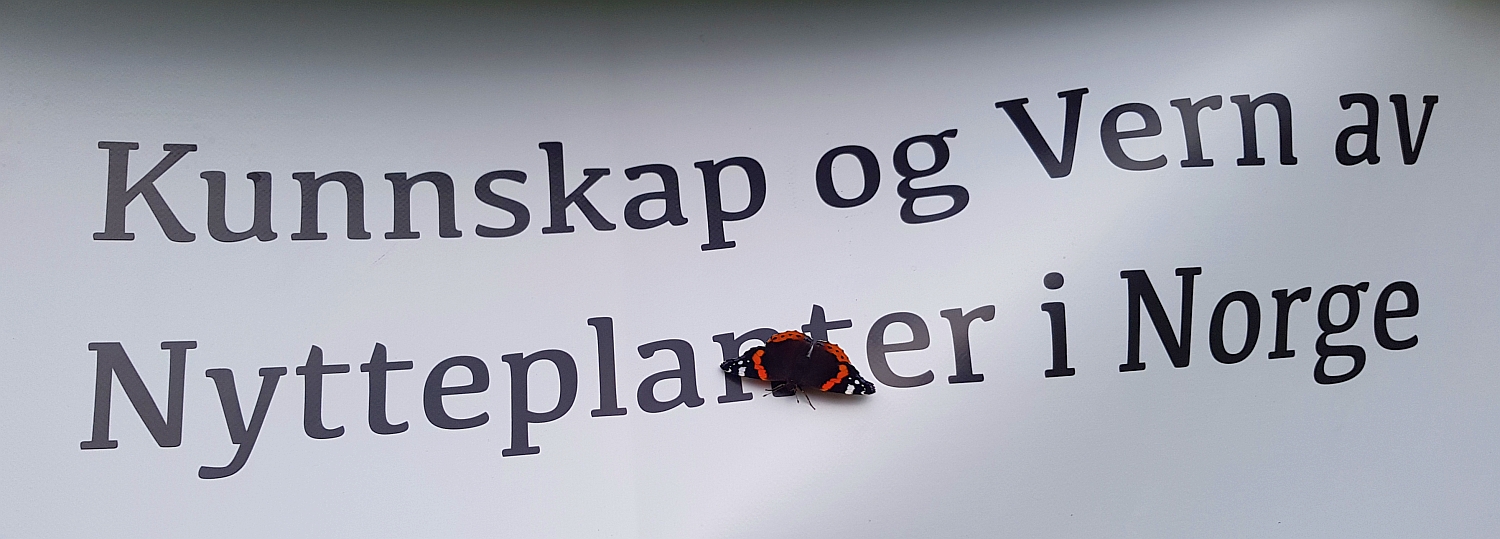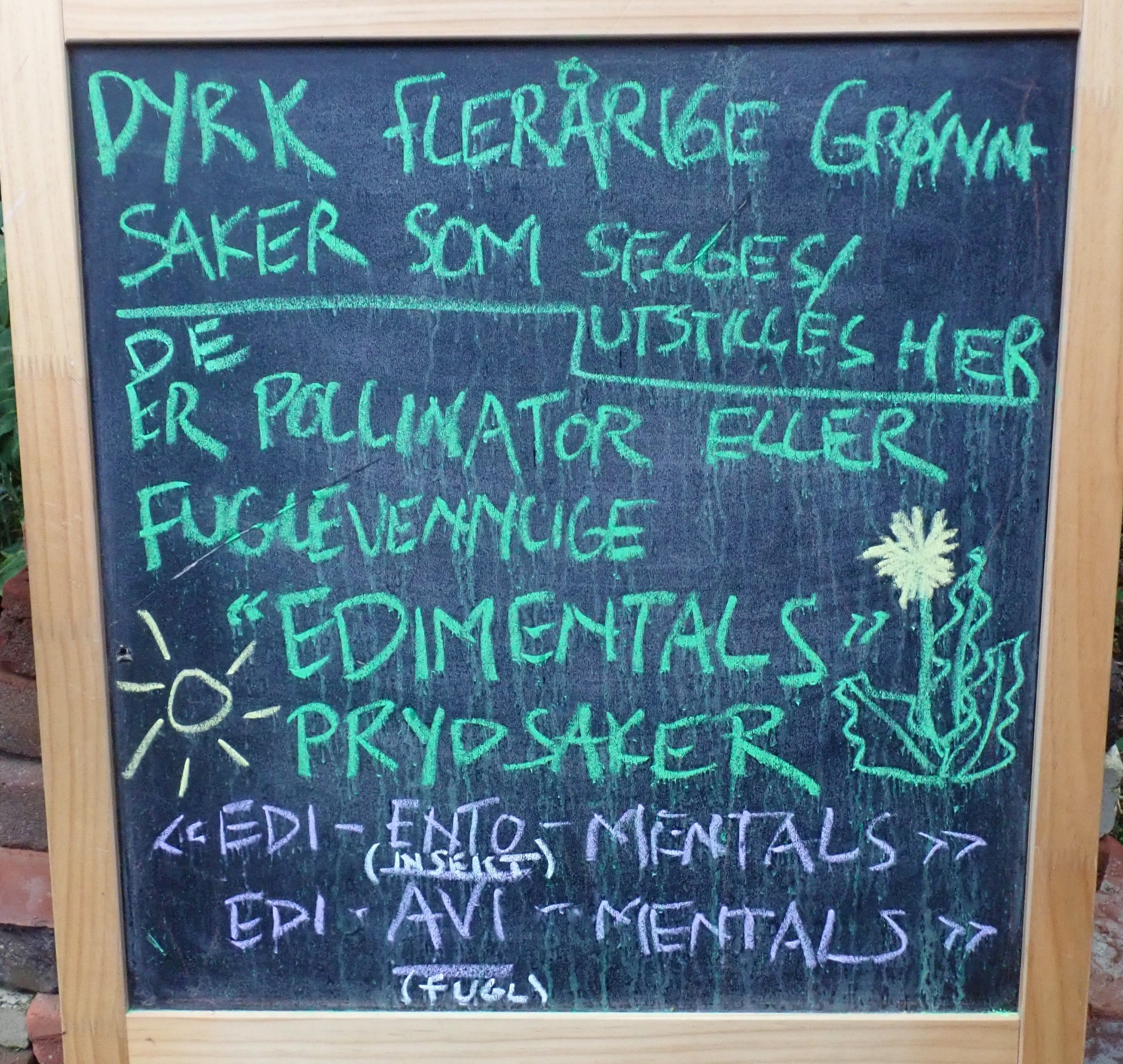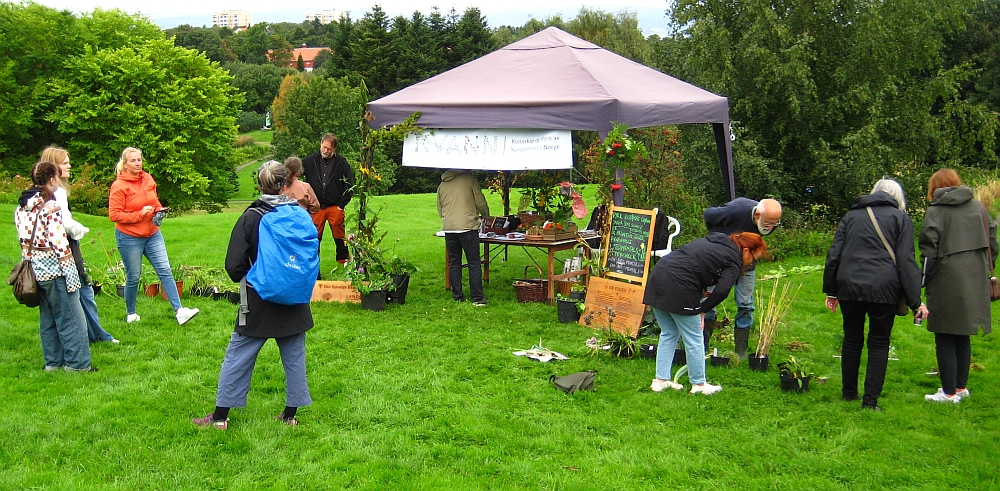I have some great news to share! My word edimentals, “invented” some 17 years ago to describe those amazing plants that are both edible and ornamental – has just gone mainstream in the UK with an 8 page article written by me and published in the April edition of the RHS magazine The Garden (600,000 circulation) and one of my multi species salads even graces the front page. On the back of various show gardens at the Chelsea Flower Show in London over the last couple of years profiling edimentals and numerous magazine articles featuring one of horticulture’s buzz words. I was contacted by the RHS last November to see if I would be interested in writing an article – who’s better than the word’s inventor to write this feature for the magazine they said!
There’s also a nice interview with Mandy Barber of The Incredible Vegetables nursery on perennial vegetables! I enclose pictures of the article and a picture of the front page. I’ve been a member of the RHS since the early 80s and, although my interest is edible plants, I’ve always enjoyed the magazine for its focus on plants. Although the focus had largely been ornamental, I recognised the edible value! With greatly increased interest in edibles and nature friendly gardening within the RHS, the magazine can only get better, so please consider joining! As I mention in the article and my book Around the World in 80 plants, my first perennial vegetable was sea kale and I bought so-called sea kale thongs (root cuttings) through an advert I read in The Garden when visiting my gardening friend Robin Allan in Hexham in the early 80s! One of those plants is still alive in my garden today.
My other portmanteau words edi-ento-mental and edi-avi-mental are still waiting for adoption! They refer of course to plants that are both edible and ornamental and either insect (e.g., pollinator) or bird friendly and there are even a few quadruple value plants that tick all 4 boxes!
Please buy my book from the publishers Permanent Publications in the UK: https://www.permanentpublications.co.uk/port/around-the-world-in-80-plants-an-edible-perennial-vegetable-adventure-for-temperate-climates-by-stephen-barstow or directly from me in Norway!
Below the pdf higher resolution article and picture below you may find an extended list of favourite edimentals suggested by my 5,000 strong Edimentals and Perennial Vegetables FB group.
Of all the perennial vegetables out there, which do you think are the tastiest?
This was the question I posed the 5,000 members of my FB group Edimentals and Perennial Vegetables, founded in 2011! This has been the most popular thread ever! These were the answers (comments by members; numbers refer to number of members mentioning the plant) :
Homesteader’s Kaleidoscope Perennial Kale Grex and Taunton Deane kale (4), asparagus (4), Toona sinensis, yellow daylily (flower buds) (2), skirret (6), sea kale (shoots and broccolis) (4), Aralia elata (in tempura), cow parsnip (Heracleum maximum; young leaves and flower stalks) (2), Hosta shoots and young leaves (4), Japanese bladdernut Staphylea bumalda (leaves and flower buds), hop (shoots), garlic chives, Campanula takesimana (leaves; Korean bellflower) (2), Tilia sp. (young leaves) (2), marshmallow (shoots; Althaea officinalis), Rhus typhina (peeled shoots; staghorn sumac), Typha sp. (bulrush: shoots and rhizomes), groundnut (Apios americana) (4), Babington’s leek and other wild leeks (2), crosnes (Chinese artichokes) (3), Turkish rocket (broccolis), Hablitzia tamnoides (raw or sauteedI “SO much easier than growing spinach”) (3), any Allium, Maximilian Sunflower (Helianthus maximiliani), sorrels (4), good king henry (spinach), Jerusalem artichokes (lactofermented or roasted) (3), Mertensia maritima, globe artichokes (3), cardoon (leaf ribs), nettles (5), Rudbeckia laciniata (sochan) (2), Scorzonera hispanica (shoots and flower buds) (3), rhubarb (in dahl) (2), Lilium sp. (bulbs in soups and roasted), Malva moschata (musk mallow; leaves), Allium cepa “Perutile” (everlasting onion, growing on an Edinburgh allotment for 100 years!), Angelica archangelica, ramsons (2), chicory, Allium triquetrum, Valeriana officinalis, Napaea dioica (glade mallow), Phytolacca americana (pokeweed; properly prepared), red valerian (shoots), sea beet (leaves), bladder campion (shoots), ground elder, Taraxacum sp. of course (its rich and complex flavour knows no equal; incl. roots) (4), chayote (2), pignut, greater pignut (Bunium bulbocastanum), Sonchus arvensis (I snack on the bittersweet flower buds all summer, can’t resist them), rock samphire (Crithmum), water lotus and water chestnuts (3), alexanders (young shoots; Smyrnium), Canna edulis (2), taro (Colocasia) (2), yacon, Sagittaria (duck potatoes), Hibiscus, honewort (Cryptotaenia canadensis), fool’s watercress (Apium nodiflorum), Chinese yam (Dioscorea polystachya), Basella, Asclepias incarnata (swamp milkweed; pods), loroco (Echites panduratus), Cardamine raphanifolia, sweet cicely (Myrrhis odorata), Sanguisorba minor, Dystaenia takesimana (seombadi)

